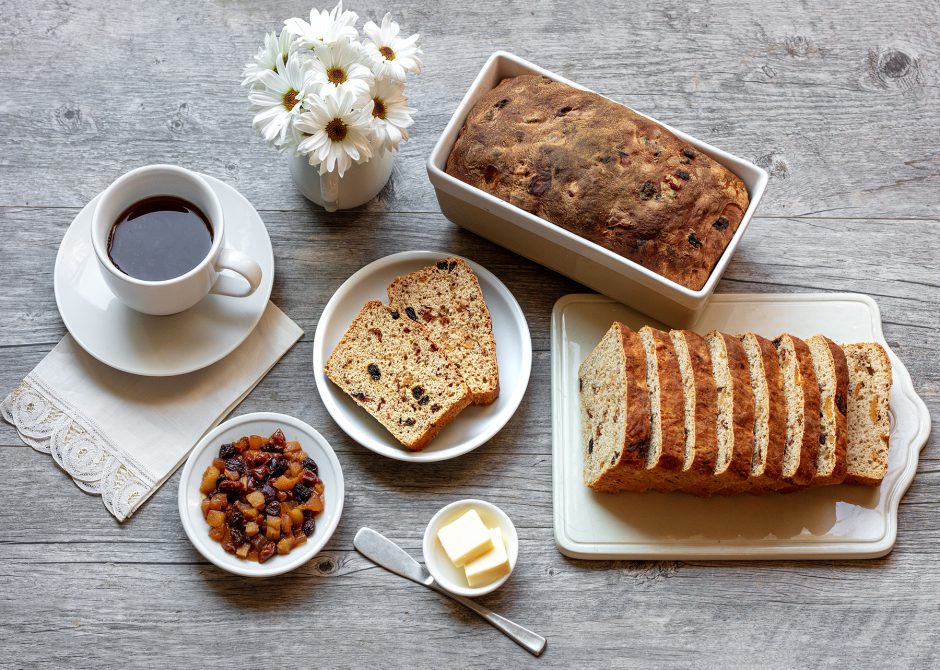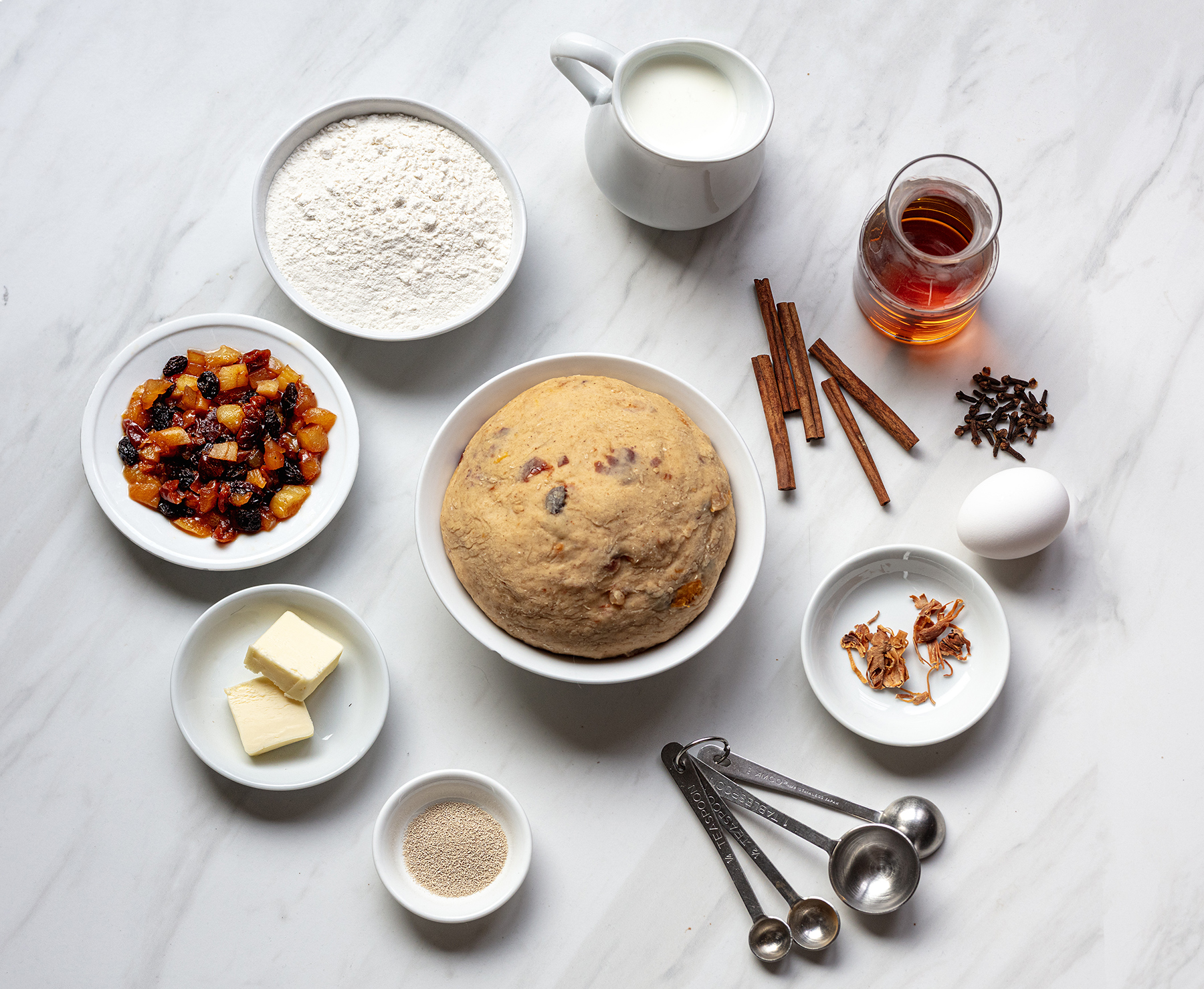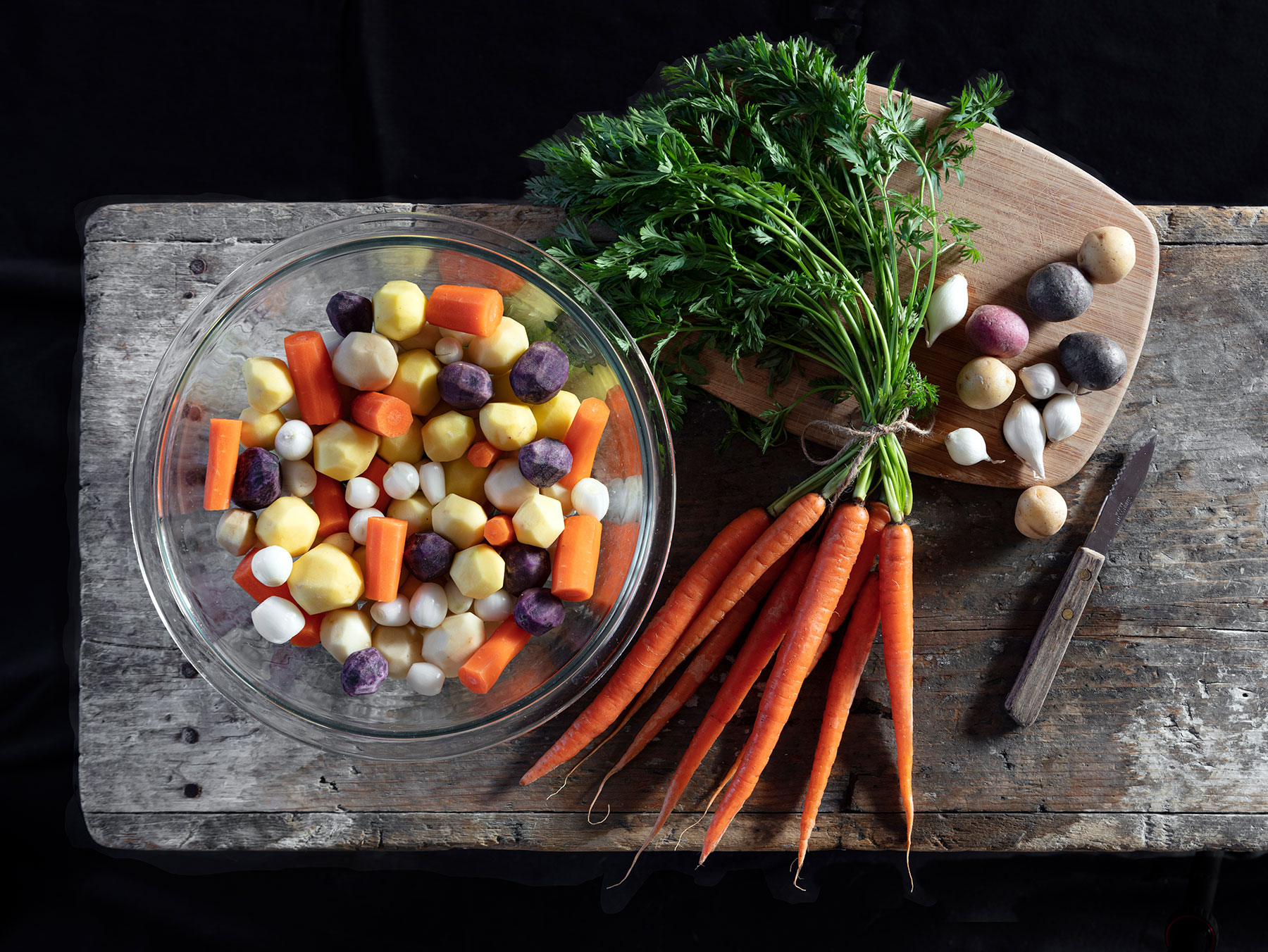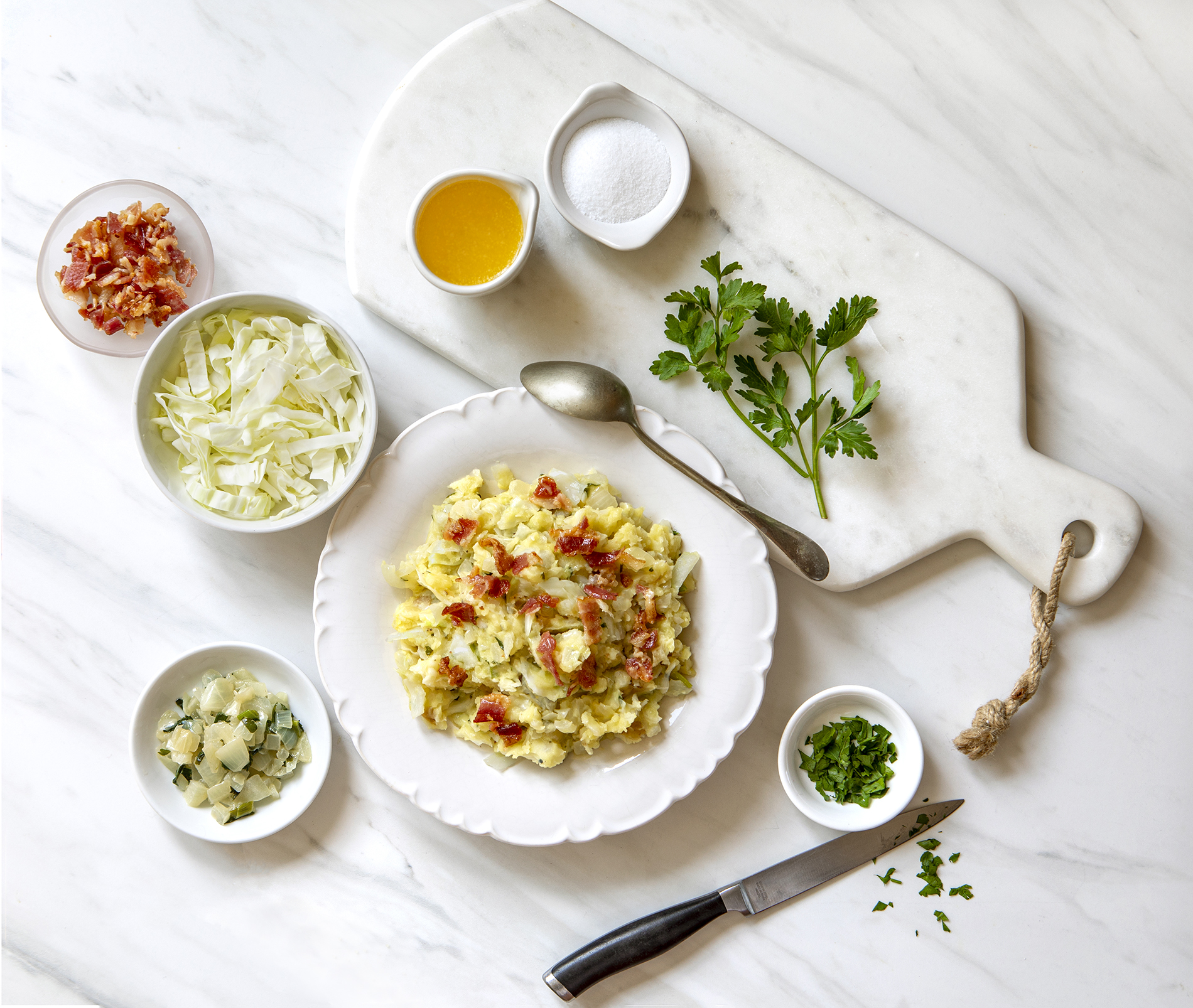Happy St Patrick’s Day (!) from me and this beautiful barmbrack (bairin breac or “speckled loaf” in Gaelic,) a fragrant Irish bread studded with whiskey-and-tea-soaked dried fruit. Like Mardi Gras king cakes which come with good luck tokens hidden inside (coins, rings, plastic baby figurines), Irish barmbrack is also often baked with trinkets in it that follow Druidic fortune-telling traditions: Coins for good fortune, thimbles predicting spinster or bachelorhood, beans portending poverty etc. I kept this recipe trinket-free, figuring that the whiskey-soaked fruit is treasure enough. Recipe yields one, fragrant, lightly sweet bread that’s very good eaten right out of the oven or toasted the next day and spread with plenty of Irish butter. And for more St. Patrick’s Day fare, try our Colcannon, our Ballymaloe Irish Stew and our Corned Beef Hash for corned. beef leftovers the day after.
Cherished recipes are like ripples, each one an echo of the wave-maker that first broke the surface. This Ballymaloe House lamb stew is the 1940s original that started ripples of stews to follow. A version of it was later published in Gourmet magazine (1960s) and then again in Ruth Reichl’s 2004-published volume featuring six-decades of Gourmet recipe bests. Rather than look to the later versions, when a woman wrote me in search of the recipe, I reached out to Darina Allen, head of the Ballymaloe Cookery School in Shanagarry, County Cork, Ireland, and a member of the family running Ballymaloe House Hotel and Restaurant.
According to Darina, the simple, hearty recipe was given to her mother-in-law Myrtle Allen by neighbor Madge Dolan in the 1940s. It became a staple at both Ballymaloe House and at the Ballymaloe Cookery School. While lamb stew is extremely common in Ireland with regional variations from county to county, (no carrots in Northern Ireland; barley added for extra sustenance in other places,) this version differed from others of the period because the meat and vegetables are browned in hot fat before stewing, making the finished dish more flavorful. It’s a very simple and straightforward recipe—the love you add comes with peeling all those tiny potatoes and pearl onions (!) The stew is delicious served up right after you make it and is also good warmed up the next day. And for another St. Patrick’s Day dish, try our Colcannon, and if you’ve got corned beef leftovers, Corned Beef Hash!
Yes, my hair is red. And yes, that means some Irish ancestry. Namely? A great-great gran named Ira Lake who was a steamboat captain. Oh—and there are O’Sullivans in the mix too : )
But on St. Patrick Day, everybody gets their green on to celebrate, no matter their heritage. In that spirit, here’s an easy, delicious recipe for colcannon! A buttery mix of potato and cabbage with melted leeks or onion, and (if you’re a meat eater) some bacon over the top, colcannon is delicious. From the Gaelic term “cal ceannann” (white-headed cabbage) it’s been the “food of the common man” in Ireland since the 1600’s. Glad to have that in common here. So, lá fhéile Pádraig sona! (Happy St. Patrick’s Day!) Continue Reading…




